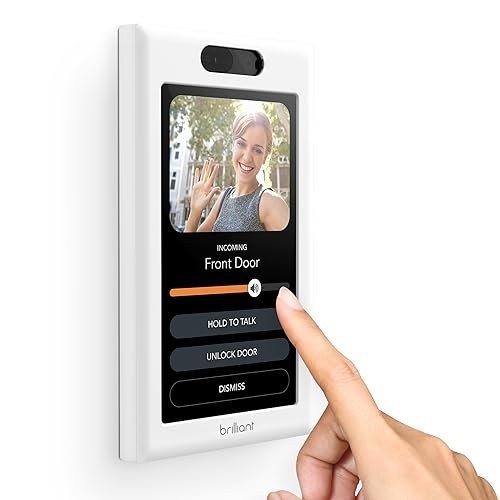Don't Believe These “Trends” Concerning Shop Lighting UK
Shop Lighting UK: Illuminating the Retail Experience
In the ever-evolving world of retail, the value of shop lighting can not be overstated. It not just enhances the aesthetic appeal of items however also affects customer behavior, their state of mind, and the general shopping environment. With advancements in technology and style, shop owners in the UK have a myriad of alternatives to select from when it emerges options. This short article will explore the types of lighting available, their benefits, and factors to consider for developing the perfect ambiance in a retail area.
Value of Proper Shop Lighting
Reliable shop lighting plays a crucial function in customer experience and can considerably affect sales. Here are some key reasons that adequate lighting is vital for retail environments:
- Highlighting Products: Good lighting accentuates products, making them more appealing to customers.
- Creating Atmosphere: The right lighting can set the state of mind and evoke emotions, affecting getting choices.
- Enhancing Safety: Well-lit shops are much safer, assisting clients browse without danger of tripping or mishaps.
- Improving Visual Merchandising: Proper lighting can enhance display screens, making them lively and eye-catching.
Types of Shop Lighting
Shop owners can pick from various kinds of lighting, each serving various purposes, consisting of ambient, task, accent, and decorative lighting. Here's a breakdown of each type:
Type of Lighting
Description
Finest Uses
Ambient Lighting
Offers total lighting to the area.
General retail locations like boutiques and grocery stores.
Job Lighting
Concentrate on specific areas to enhance presence for jobs.
Checkout counters and fitting rooms.
Accent Lighting
Highlights specific products or displays, producing a focal point.
Display cases, art, or marketing products.
Decorative Lighting
Adds aesthetic appeal and boosts the general decor.
Chandeliers and unique fixtures in high-end stores.
1. Ambient Lighting
Ambient lighting is the fundamental illumination within a shop. It fills the entire space, making sure that consumers can see and browse conveniently. Sellers need to consider utilizing LED panels or ceiling-mounted fixtures, as they provide energy performance and exceptional light circulation.
2. Task Lighting
Job lighting is crucial for locations where particular activities happen, such as checkout counters or workstations. Shop owners can install under-cabinet lighting or track lights to focus lighting on these locations, enhancing the benefit and experience for both staff and customers.
3. Accent Lighting
Accent lighting helps draw attention to specific products or functions within the store. This type of lighting can be attained through spotlights, track lights, or tactically put wall-mounted fixtures. It is particularly reliable for showcasing featured items, advertising displays, or artwork, guiding customer focus where it's most needed.
4. Decorative Lighting
Beyond performance, decorative lighting aspects add design and character to a retail space. Unique fixtures, such as pendant lights or large chandeliers, can create an unforgettable environment, particularly in boutiques or high-end merchants. These statement pieces not only illuminate however also improve the shop's branding and aesthetic appeal.
Choosing the Right Lighting for Your Shop
When selecting lighting for a retail environment, shop owners must consider the following aspects:
- Store Type: Different kinds of retail require varying lighting solutions. A fashion jewelry store might need softer, more concentrated lights, while a grocery store might require brighter ambient lighting.
- Color Temperature: The color of light can affect the perception of products. Buy Lighting UK (under 3000K) develop a comfortable feel, while cool lights (above 3000K) can make a space feel more contemporary.
- Energy Efficiency: The use of LED lighting not only conserves energy but likewise lowers costs over time.
- Versatility: Install dimmers or adjustable fixtures to adapt lighting for various events or seasonal modifications.
The Future of Shop Lighting
As innovation progresses, shop lighting is ending up being significantly sophisticated. Here are some trends forming the future of retail lighting in the UK:
- Smart Lighting Solutions: Integrated innovation allows for push-button control and automation of lighting systems via mobile phones or home assistants.
- Sustainable Lighting: There is a growing emphasis on eco-friendly solutions, with merchants selecting products that reduce environmental effect.
- Centerpiece Lighting: Retailers are significantly using lighting to create particular focal points that assist customer traffic and boost product display screens.
FAQs about Shop Lighting in the UK
Q: What is the best type of lighting for a clothing store?A: A combination of
ambient and accent lighting is usually best. Ambient lighting is required for total exposure, while accent lighting can assist highlight crucial pieces or collections. Q: How can I make my shop lighting more energy-efficient? A: Consider using LED lights, setting up motion sensing units, or including
dimmers. This decreases energy intake and expenses in the long run. Q: Should I use natural light in my shop?A: Yes, utilizing natural light can improve consumer experience whiledecreasing energy expenses. Nevertheless, it is very important to balance natural light with artificial lighting, particularly on cloudy days. Q: How frequently should I replace my shop's lighting fixtures?A: This depends on the type of fixtures used. LED lights can last up to 25,000 hours, while traditional bulbs****
may require to be replaced more often. Regular upkeep checks are advised. In a progressively competitive retail environment, shop lighting plays a vital role in shaping consumer experiences and driving sales. Sellers in the UK have a large array of choices and technologies at their disposal to develop the ideal atmosphere. By comprehending the significance of the different kinds of lighting and how to implement them efficiently, shop owners can improve their area, making shopping more enjoyable for clients while increasing their bottom line. 